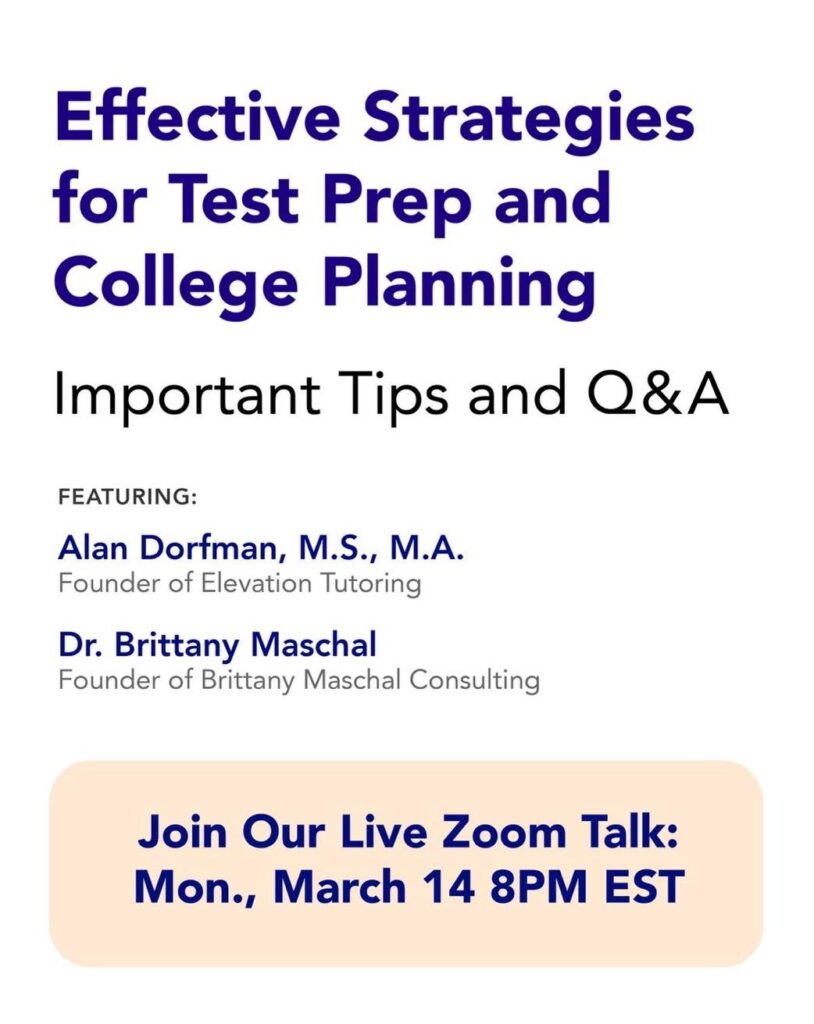Though more and more colleges are dropping their ACT and SAT requirements, test scores still count in the closely watched college rankings many folks love to hate. But that might not hold true for much longer.
U.S. News & World Report, which published its latest Best Colleges guide on Monday, once again factored incoming students’ average test scores into its measure of “student excellence” at each ranked college despite recent calls for the publication to remove the ACT and SAT from its methodology. This year, standardized test scores were weighted at 5 percent of an institution’s overall ranking, the same as last year (down from 7.75 percent previously).
But U.S. News did change one part of its methodology in an acknowledgment of the growing number of test-optional colleges. It’s known as the 75-percent rule. Previously, the publication reduced the weight of the ACT and SAT by 15 percent for test-optional colleges with fewer than three-quarters of incoming students submitting scores. “The lack of data, for 25 percent of students or more, likely means the ACT or SAT score is not representative of the entire class,” Robert Morse, chief data strategist at U.S. News, explained in a 2016 blog post. Some enrollment officials have said the policy — which can lower a college’s ranking — penalizes institutions that don’t require standardized tests.
This year, U.S. News lowered the threshold to 50 percent: Colleges received “full credit for their SAT/ACT performance” if at least half of their incoming students submitted a score. Just 4 percent of nearly 1,500 ranked colleges did not meet that 50-percent threshold. But “many” colleges, Morse wrote in an email, fell somewhere between 50 percent and 75 percent, though he and a U.S. News spokeswoman declined to say how many “many” was.
Read the full article here. [Source Th Chronicle of Higher Education]
*Stay in the know! Subscribe*









